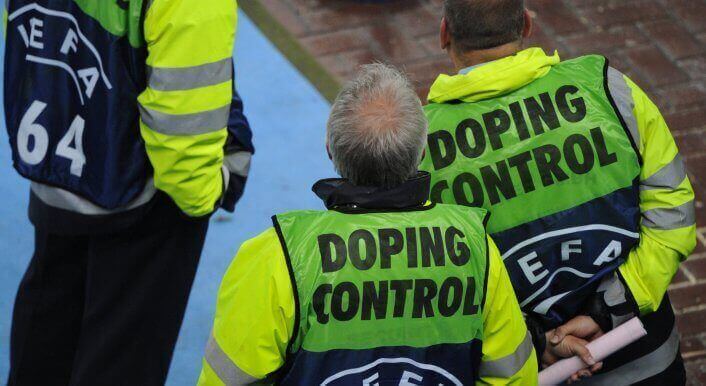Signed: Bundesliga to carry out blood tests
Germany’s national anti-doping agency NADA paid a surprise visit to the country’s football team a day before their match against Paraguay. However, just one player was tested and due to privacy regulations it isn’t even clear if NADA took a blood sample of this player. The reason NADA took only one sample is the agency’s limited budget. Every single test gets deducted from the annual budget that is made available by Germany’s football association DFB.

“NADA has signed a contract with the DFB“, a NADA spokeswomen told soccerdrugs.com. However, she was not authorized to give any further details expect from: „NADA decides which kind of tests will be carried out in out of competition tests. It will not pass on important urine samples and combine the procedure with taking blood samples wherever it makes sense. We will take blood samples in about 15 per cent of all out of competition tests. There will be a total of 500 out of competition tests.“
Okay, we’ll quickly do the math: 15 per cent of 500 tests. That would make 75 blood samples and 425 urine samples taken from about 1000 players per year. As the majority of tests will be carried out at the national team, an ordinary Bundesliga player won’t have a lot to fear. Bear in mind that players can only be tested within official training times. Surprising visits to the homes of the athletes, which is a standard procedure in many other sports, in football only happen to internationals.
More tests are only going to happen if the DFB provides more money. But the federation is not so keen on that. Which is rather astonishing as previous tests (only urine) just cost the DFB 350,000 Euros. It seems a ridiculous amount of money if you put that in relation to the DFB’s revenue of more than two billion Euros. Again, we are glad to do the math for you: It is 0.02 per cent.
[Update 28.8.]DFB says in an off-the-record conversation at his base in Frankfurt it pays 700,000 Euros for both out-of-competition and competition testing. NADA only receives only 200,000 Euros of that amount so it is in fact even less than we had calculated earlier. [End of update]
„An increase of the number of tests would surely be possible, but NADA has chosen the right path with the introduction of blood tests in football. This will allow NADA a further development of its testing system“, NADA tells soccerdrugs.com.
The annoying point of this development is however, that it all happens in slow motion. If the DFB doesn’t implement changes in his own lacking testing system most players won’t be testing neither out-of-competition nor in competition.
For a footballer it is quite easy to do the maths this time to figure out the possibility of getting tested. In 2012, NADA carried out 1,644 urine tests. Sounds like a massive number, doesn’t it. Problem is however, that the number of athletes is even bigger. DFB tests in 13 different leagues as well as in the DFB Pokal, the German cup competition. That makes 5,000 players to test. A little math again: Every player has to provide a doping test every three years. Maybe a little more often in the Bundesliga as the amount of tests is higher the better the level is.
At least there finally are blood tests in the Bundesliga. The long way to the first blood samples being taken is well documented here (although in German, sorry for that).
You’ll find even more background information about the problems in German football concerning anti-doping measures in our stories at Deutsche Welle and 11Freunde.
translated by Thomas Bachmann



